E-bike torque sensors have changed the way we experience electric cycling. These sensors turn motorized bicycles into natural extensions of human effort. Your e-bike’s torque sensor system detects both the timing and intensity of your pedal strokes. This creates a riding experience that feels remarkably human. The technology measures the force and rhythm you apply, which enables smooth and natural electric assistance.
Torque sensor systems interpret your pedaling effort as a physical input, unlike traditional e-bikes. The technical definition states that torque equals force multiplied by distance (measured in Newton-meters, N·m). The sensor detects higher torque values as you apply more force while pedaling. This creates a smooth transition from pedal power to electric assistance. Riders often ask about ebike torque sensor vs cadence sensor performance. The difference becomes clear after trying both – torque sensors give you that authentic cycling feel while providing powerful assistance. The e-bike torque sensor works as a sophisticated response system that adjusts motor output based on your effort. This makes the bike feel like a natural extension of yourself.
Why Torque Sensors Make E-Bikes Feel Human

“Torque sensors offer a smoother transition in electric assistance, reducing the jerkiness experienced with sudden starts and stops.” — Aventon Bikes Editorial Team, Official company blog specializing in e-bike technology
Torque sensor technology creates a riding experience that feels amazingly natural. These sophisticated sensors respond to your muscular effort rather than just detecting pedal movement.
Pedal pressure detection for natural response
Precision strain gages in torque sensors measure the force you apply to the pedals. They sample your effort up to 1,000 times per second throughout each pedal stroke. The motor adjusts its output to match your exertion. Then the bike delivers power that feels like an extension of your own strength. You get more help when you push harder and less when you ease off.
You’ll notice the difference between torque sensors and simple systems right away. Torque sensors react within 1/10 to 1/4 of a pedal rotation. Many riders describe this as a “bionic” feeling. The e-bike feels more like a traditional bicycle with superhuman capabilities than a motorized vehicle.
No more jerky starts or ghost pedaling
Riders of entry-level e-bikes know the frustration of jerky acceleration and ghost pedaling well. Cadence sensors only detect if the pedals turn. They often deliver fixed assistance whatever your effort level, which creates an unnatural “on/off” sensation. Torque sensors solve these problems by measuring actual pedal force.
Ghost pedaling vanishes with torque sensor systems. The motor’s output matches your effort, so you’ll always feel resistance in the pedals. The sensors detect initial pressure when pushing off, which makes starts smoother. The transition from stopped to moving feels natural instead of abrupt.
e bike with cadence and torque sensor: hybrid systems
Modern e-bike technology combines both sensor types into hybrid systems that offer the best features of each. These dual-sensing systems use:
- Torque measurement for natural, proportional assistance
- Cadence data to smooth power delivery
- Adaptive algorithms that learn your riding style
Bikes with both sensors, like those using Bosch motors, deliver a comfortable, natural feel and efficient power use. This hybrid approach solves the limitations of individual sensor types while keeping their benefits. The experience feels remarkably human on any terrain or riding condition.
How Torque Sensors Improve the Ride Experience
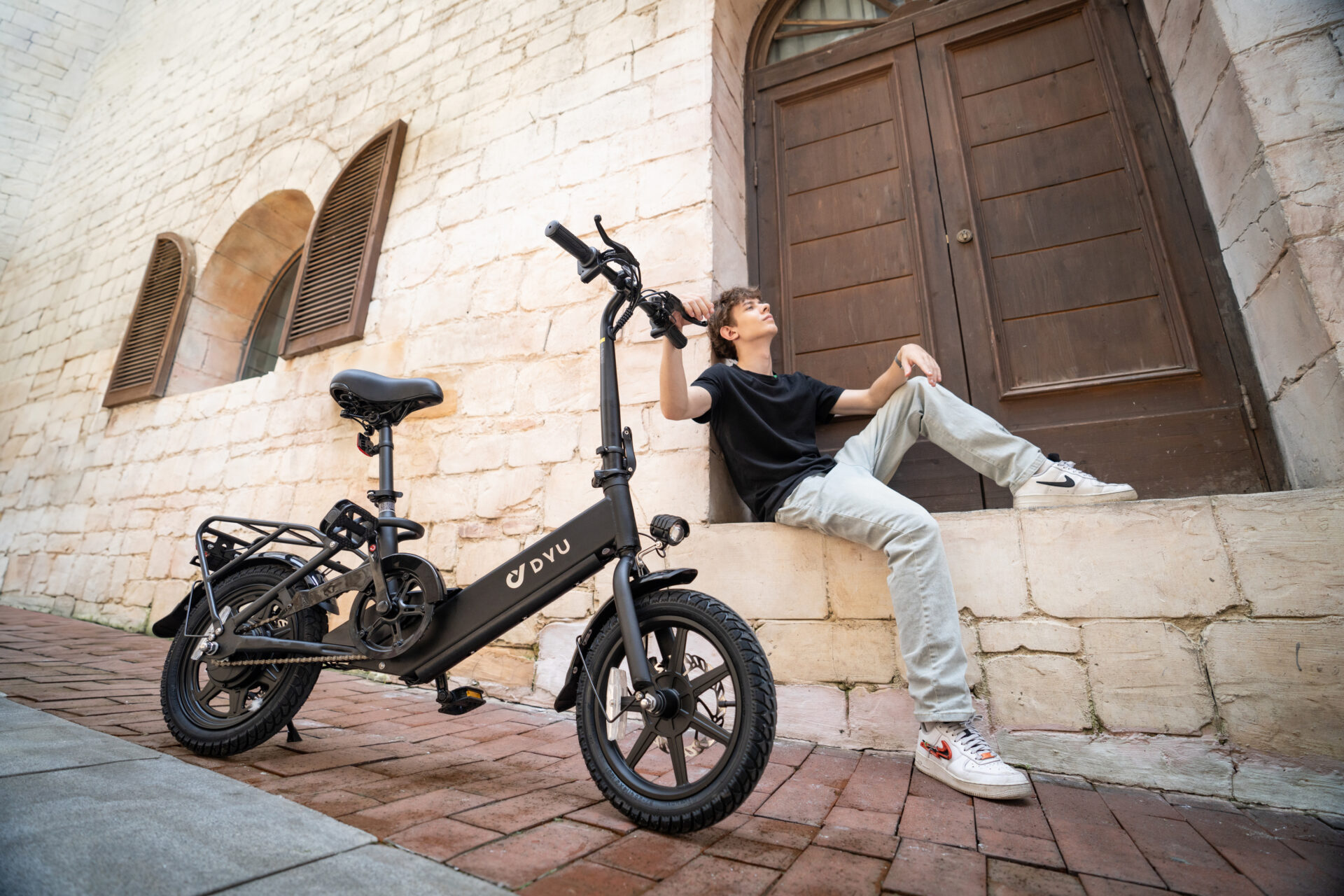
Torque sensors do more than create a natural feel – they optimize e-bike performance through precise, millisecond-level adjustments. These improvements result in a superior riding experience that sets them apart from simple e-bike systems.
Real-time motor adjustment based on effort
Modern e-bike torque sensors show remarkable precision. They analyze force variations up to 1,000 times per second throughout each pedal stroke. The motor adjusts within 10–50 milliseconds after detecting force changes. Power amplification scales with your effort – light pedaling gets 50% boost, while maximum force can receive up to 300% assistance.
This responsiveness proves invaluable on challenging hill climbs. The motor immediately detects and amplifies your increased pedaling effort, which makes steep inclines manageable without manual assistance adjustments.
Better control in stop-and-go traffic
A 2024 survey shows that 78% of commuters prefer torque sensor responsiveness to navigate stop-and-go urban traffic. They report less mental fatigue. This makes sense since the immediate response eliminates the frustrating lag you get with cadence systems.
Torque sensors shine in these situations:
- Crowded city streets requiring frequent stops
- Roundabouts and intersections
- Tight bike lanes requiring precise control
Enhanced safety in urban environments
Torque sensor e-bikes show 40% less wheel slippage than cadence-based systems. This safety advantage matters on wet or uneven surfaces. The proportional assistance prevents sudden power surges that could cause control loss in unexpected situations.
Lab tests confirm that torque-equipped e-bikes achieve 19–27% greater battery efficiency. This extends range by 15-20 miles per charge on a typical 500Wh battery. You’ll reach your destination without running out of power – a crucial safety factor during longer urban commutes.
Who Benefits Most from Torque Sensor E-Bikes

“Torque sensors can help optimize battery usage by providing assistance only when necessary. This can result in improved energy efficiency and longer battery life.” — Ebike Escapes Editorial Team, Official company blog specializing in e-bike reviews and technology
Torque sensor technology offers unique advantages to different types of riders, and some cyclists find it especially valuable based on their specific needs.
Seniors and casual riders: confidence and comfort
Older cyclists feel more confident because torque sensors eliminate the unstable “ghost pedaling” effect where bikes speed up without real effort from the rider. Research shows that torque sensor dynamics reduce joint strain by 30% during extended rides. This makes 50+ mile trips easier for people with sensitive knees. E-bikes with responsive torque sensing help older riders maintain their cognitive and mental health. The smooth, predictable power delivery helps people with mobility issues tackle hills they would typically avoid.
Commuters: energy efficiency and control
People who ride daily get major benefits from torque sensor precision:
- Tests show torque sensor e-bikes on varied terrain consume 22% less energy
- Batteries last 15-25% longer compared to cadence models
- A 2024 survey revealed 78% of urban commuters chose torque sensors specifically for stop-and-go traffic conditions
Riders can move precisely through busy city streets while getting maximum range—a vital feature for reliable daily transport. The natural control helps them blend with traffic flow in congested areas.
Fitness riders: authentic cycling feel
Fitness enthusiasts pick torque sensor e-bikes because they feel like regular bikes. The technology keeps the physical challenge while offering support. These riders like how torque sensors maintain resistance, which lets them get a good workout without losing the athletic aspects of cycling. The instant power boost helps them cover more ground without getting too tired.
DYU A5: a compact example of torque sensor integration
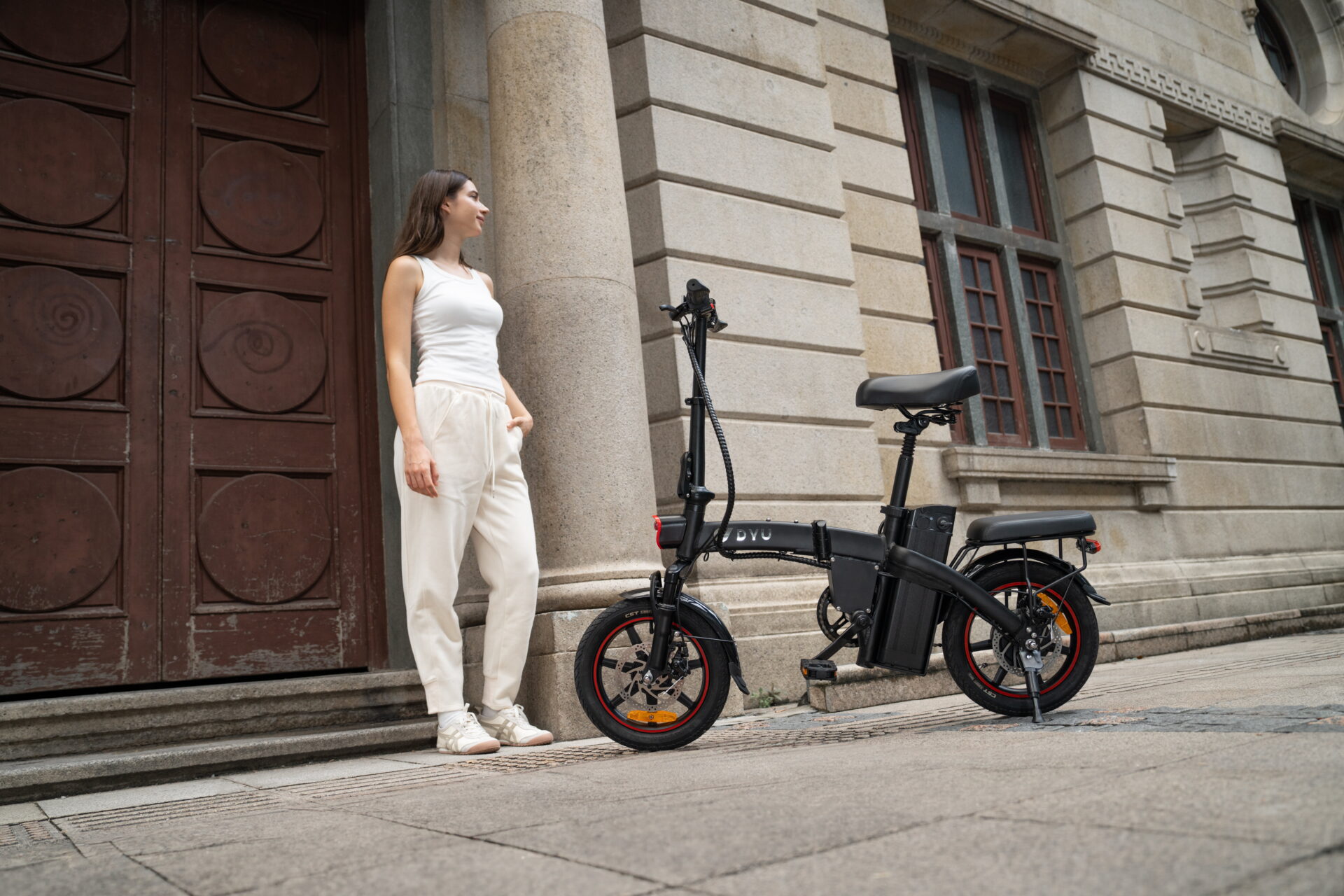
A DYU A5 shows how torque sensing works in a compact, practical package. This foldable e-bike goes 60-70km on pedal assist with its 250W motor (peak 500W) providing reliable city performance. You can store it in your car trunk or office corner thanks to its folding design. This makes it perfect for people who combine different ways of commuting. The A5’s shock absorption system makes rides smoother on rough roads, showing how smaller, affordable e-bikes can effectively use torque sensor technology.
Future of Torque Sensor Technology in E-Bikes
E-bike performance is about to reach new heights through advances in torque sensor technology. Manufacturers are redefining the limits of what’s possible, and several breakthrough developments are on the horizon.
Multi-sensor data fusion: cadence, speed, heart rate
The next generation of e-bikes will merge multiple data inputs into unified systems. Advanced bikes will combine torque measurements with cadence, speed, and biometric data like heart rate to create tailored assistance. This multi-sensor approach lets e-bikes analyze physical strain and riding conditions together. Early users of this technology report improved battery efficiency, with power use dropping 22% on varied terrain.
AI-based predictive motor control
Artificial intelligence marks the next frontier for torque sensor systems. Neural networks and evolutionary algorithms will make e-bikes truly intelligent. These systems adapt to your riding style over time and adjust motor response accordingly. Panasonic’s TiMO A e-bike already uses AI to optimize tire pressure based on motor and speed sensor data. This predictive feature extends component life and improves rider safety.
Wireless and magnetostrictive sensor innovations
Wireless alternatives are replacing traditional wired sensors to reduce weight and boost reliability. These systems make upgrades and maintenance easier without major modifications. The magnetostrictive sensing technology turns the shaft itself into the primary sensor, offering a maintenance-free, contactless solution for all e-bike drive configurations. This technology measures torque while detecting speed and rotation direction without extra components.
Következtetés
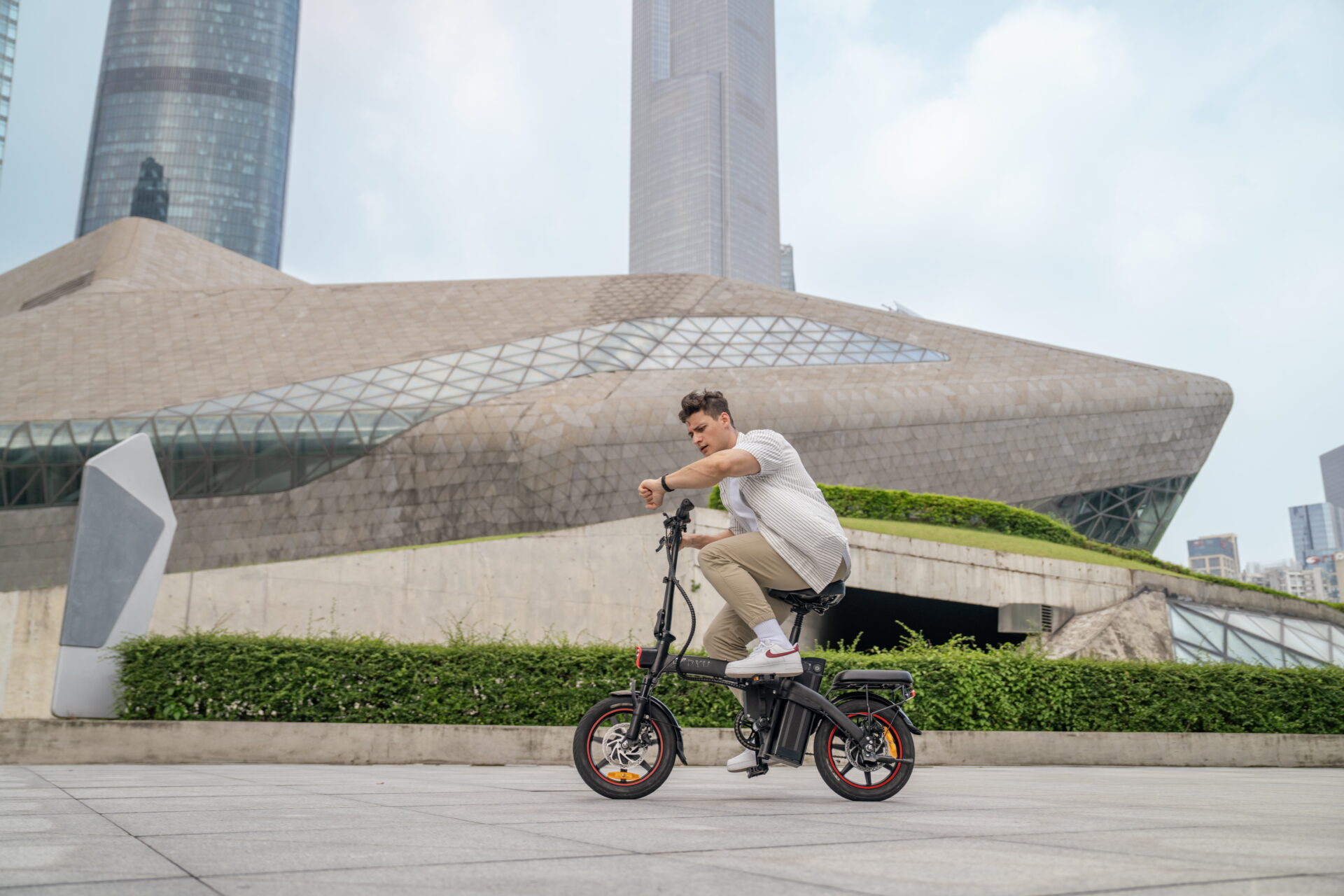
Torque sensors have without doubt changed how we experience e-bikes. They’ve turned simple motorized transportation into something that feels natural and user-friendly. These sophisticated components measure actual pedal force instead of just detecting rotation. This creates the authentic cycling sensation many riders want.
The advantages go beyond a “more natural” feel. Quick millisecond-level responses prevent jerky starts and ghost pedaling. They also boost battery efficiency by a lot, adding 15-20 miles to typical charge range. This technology helps in a variety of rider groups. Seniors feel more confident and protect their joints. Commuters navigate city streets reliably. Fitness enthusiasts get an authentic workout while covering more ground.
Torque sensor technology stands out because it connects traditional cycling with electric assistance. Your bike becomes an extension of your strength rather than a separate power source. It increases your efforts proportionally instead of using preset assist levels.
The future looks promising with AI algorithms, wireless breakthroughs, and multi-sensor fusion making e-bikes more user-friendly and customized. These improvements will continue to refine what already feels like a game-changing riding experience.
The most impressive thing about torque sensor e-bikes is that magical feeling of superhuman strength. You can pedal up steep hills easily while staying connected to cycling’s basic joy. This technology doesn’t replace biking’s human element – it boosts it. The experience becomes more available and authentic at the same time. Cycling’s future feels surprisingly human indeed.
Gyakran ismételt kérdések
Q1. How does a torque sensor improve the e-bike riding experience?
A torque sensor measures the force applied to the pedals, allowing the motor to provide assistance proportional to the rider’s effort. This results in a more natural and smooth riding experience, eliminating jerky starts and providing better control in various riding conditions.
Q2. Are e-bikes with torque sensors more energy-efficient?
Yes, e-bikes with torque sensors are generally more energy-efficient. They can extend battery life by 15-25% compared to cadence-based models and consume about 22% less energy on varied terrain. This improved efficiency can result in an extended range of 15-20 miles per charge for a typical 500Wh battery.
Q3. Who benefits most from torque sensor e-bikes?
Torque sensor e-bikes benefit various groups. Seniors and casual riders gain confidence and comfort due to reduced joint strain. Commuters enjoy better energy efficiency and control in urban environments. Fitness enthusiasts appreciate the authentic cycling feel while still receiving assistance for longer rides.
Q4. What are the future developments in torque sensor technology for e-bikes?
Future developments include multi-sensor data fusion combining torque, cadence, speed, and biometric data for personalized assistance. AI-based predictive motor control will learn riding habits to optimize performance. Wireless and magnetostrictive sensor innovations will improve reliability and facilitate easier upgrades and maintenance.
Q5. Is the extra cost of a torque sensor e-bike justified?
For many riders, the extra cost of a torque sensor e-bike is justified. The technology provides a more natural cycling experience, improved energy efficiency, and better control. It eliminates issues like ghost pedaling and offers smoother power delivery, making it particularly valuable for those seeking an authentic riding feel with electric assistance.



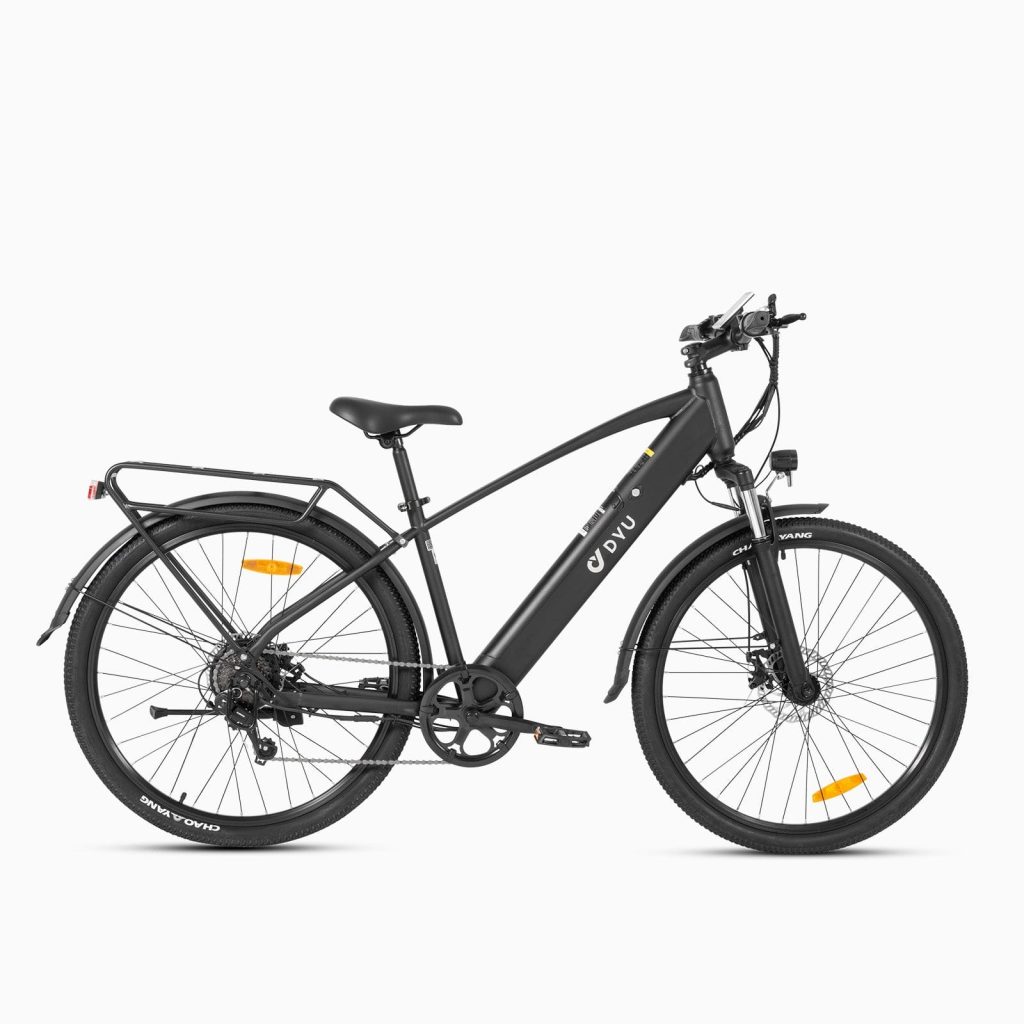
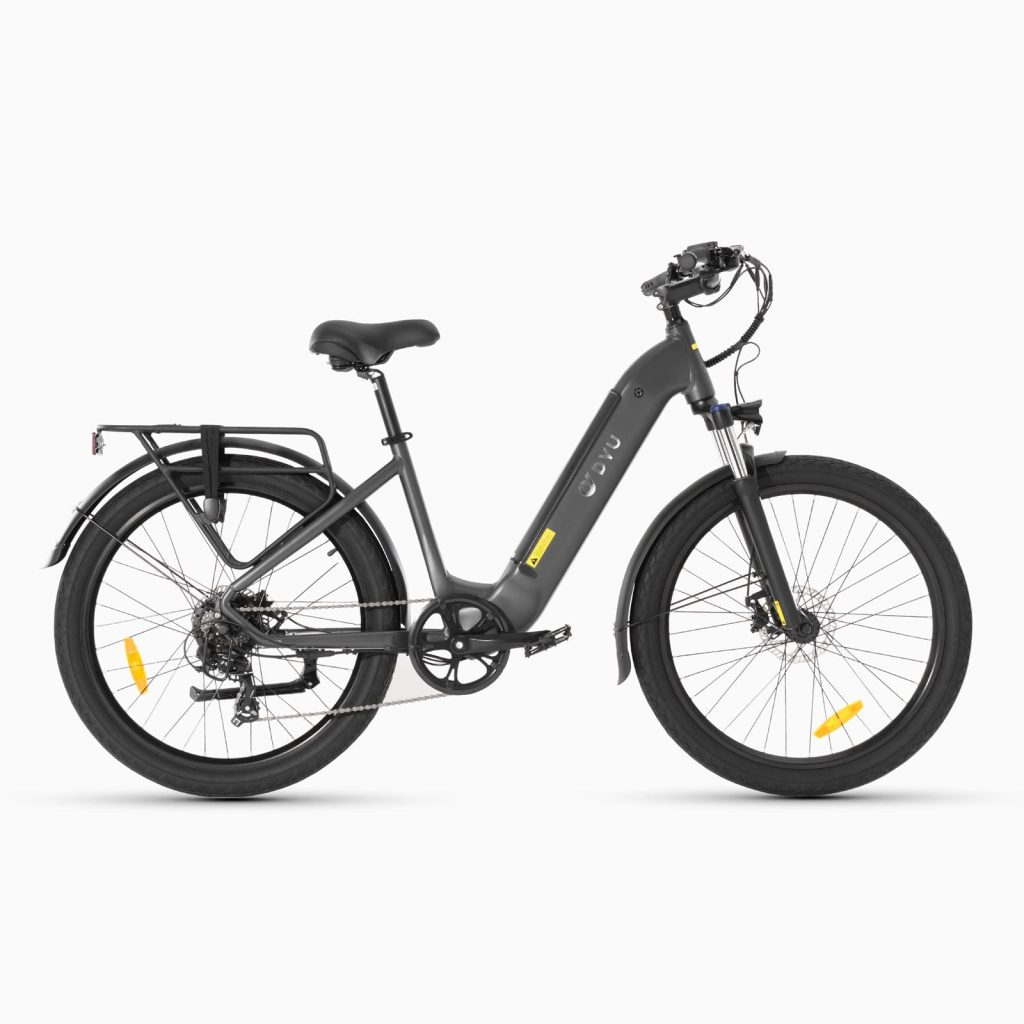

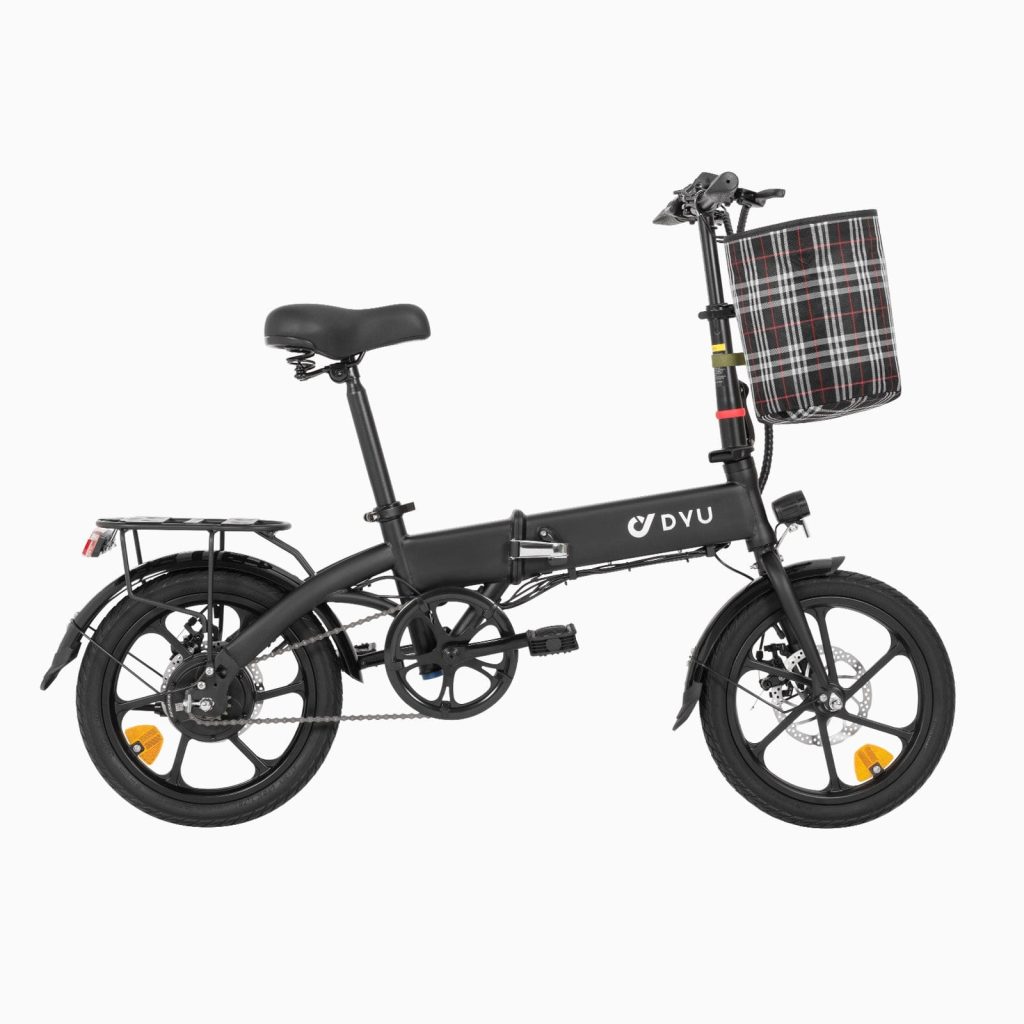
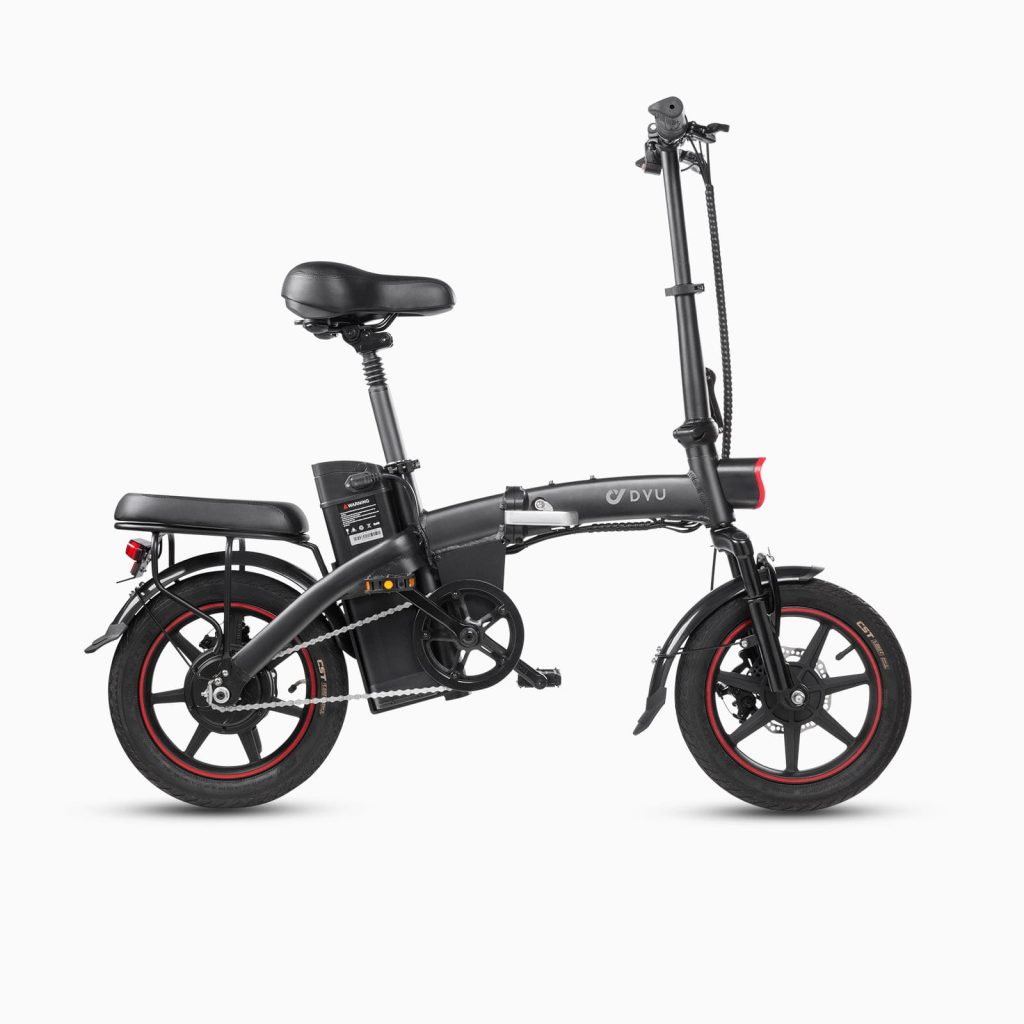



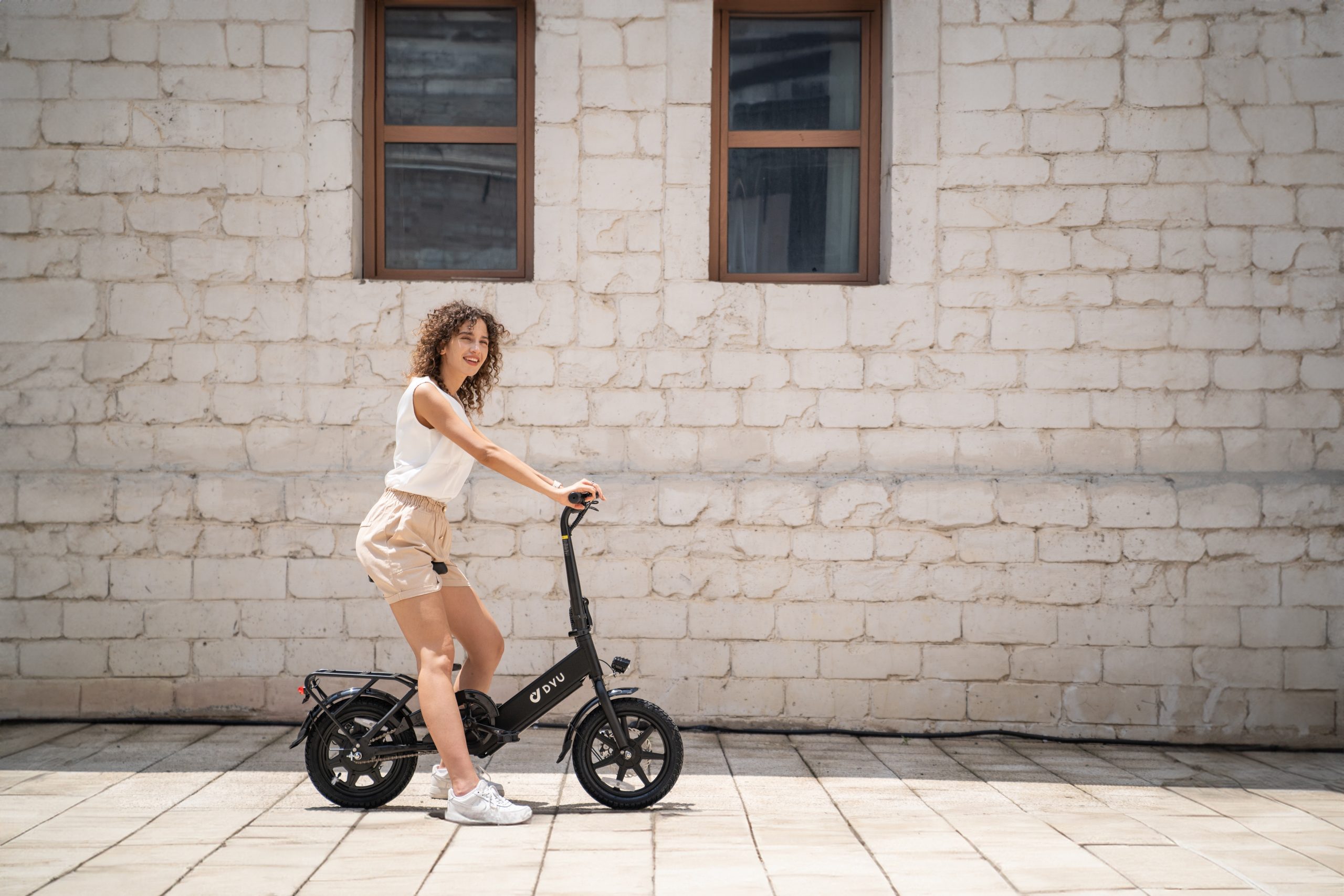
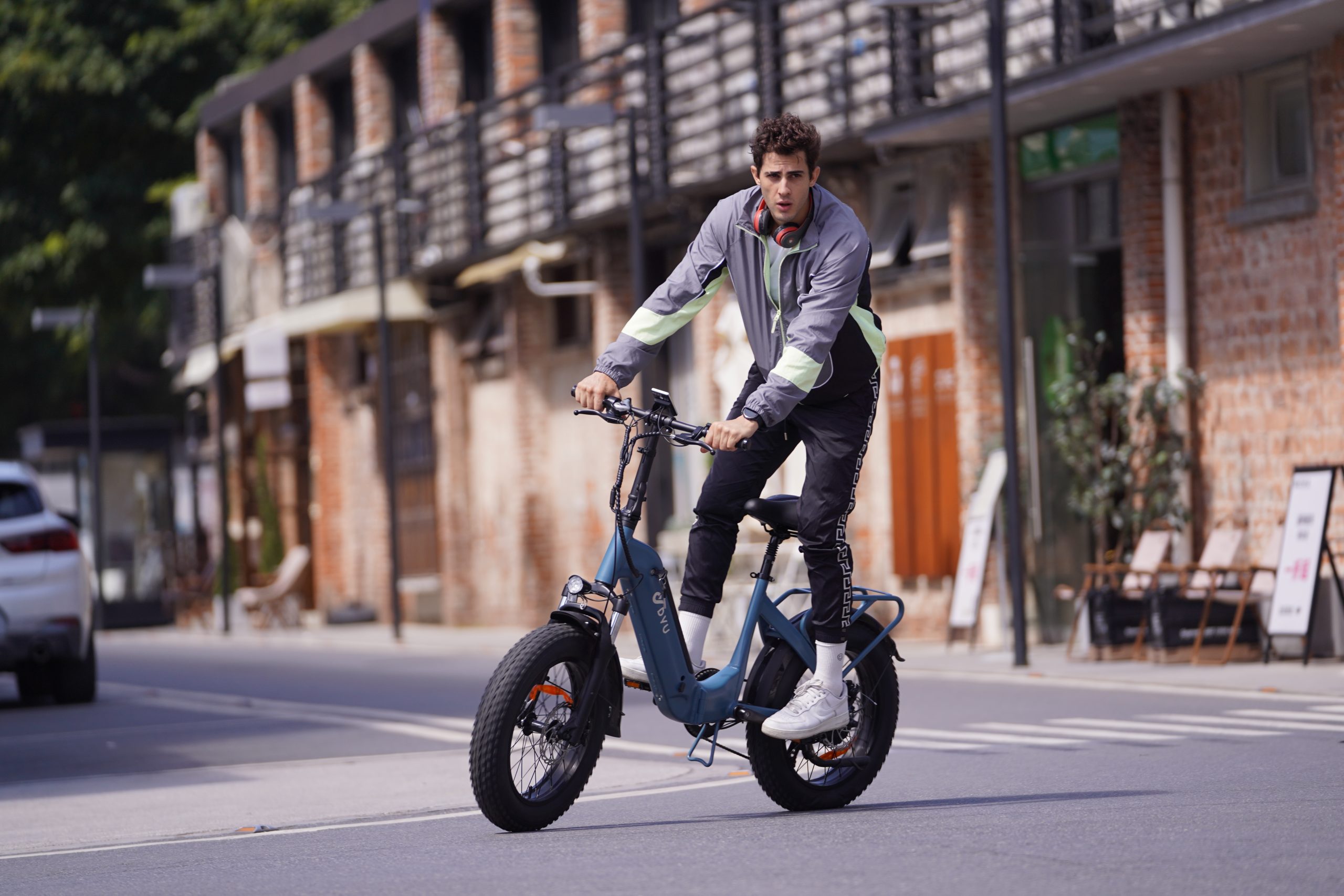

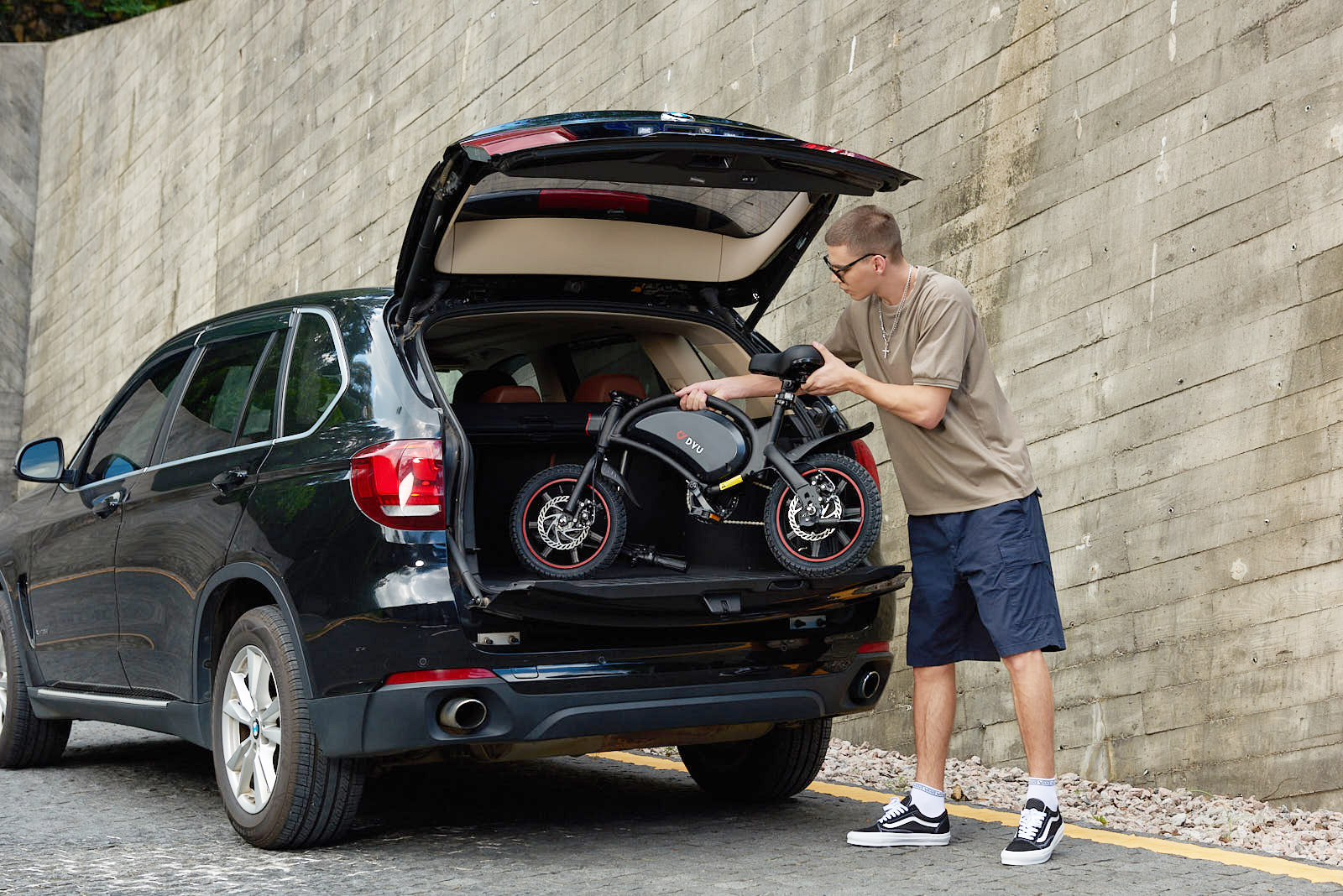

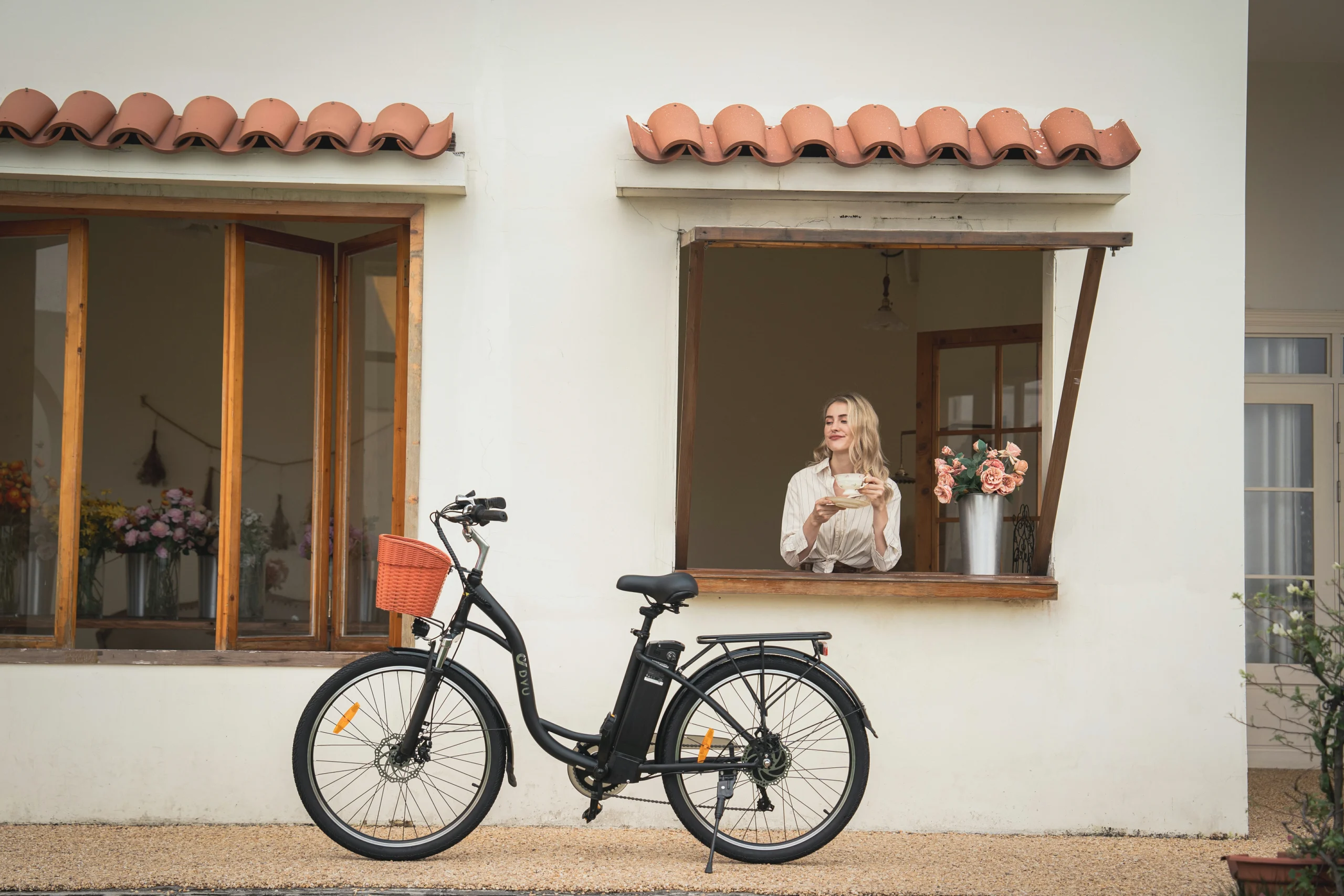

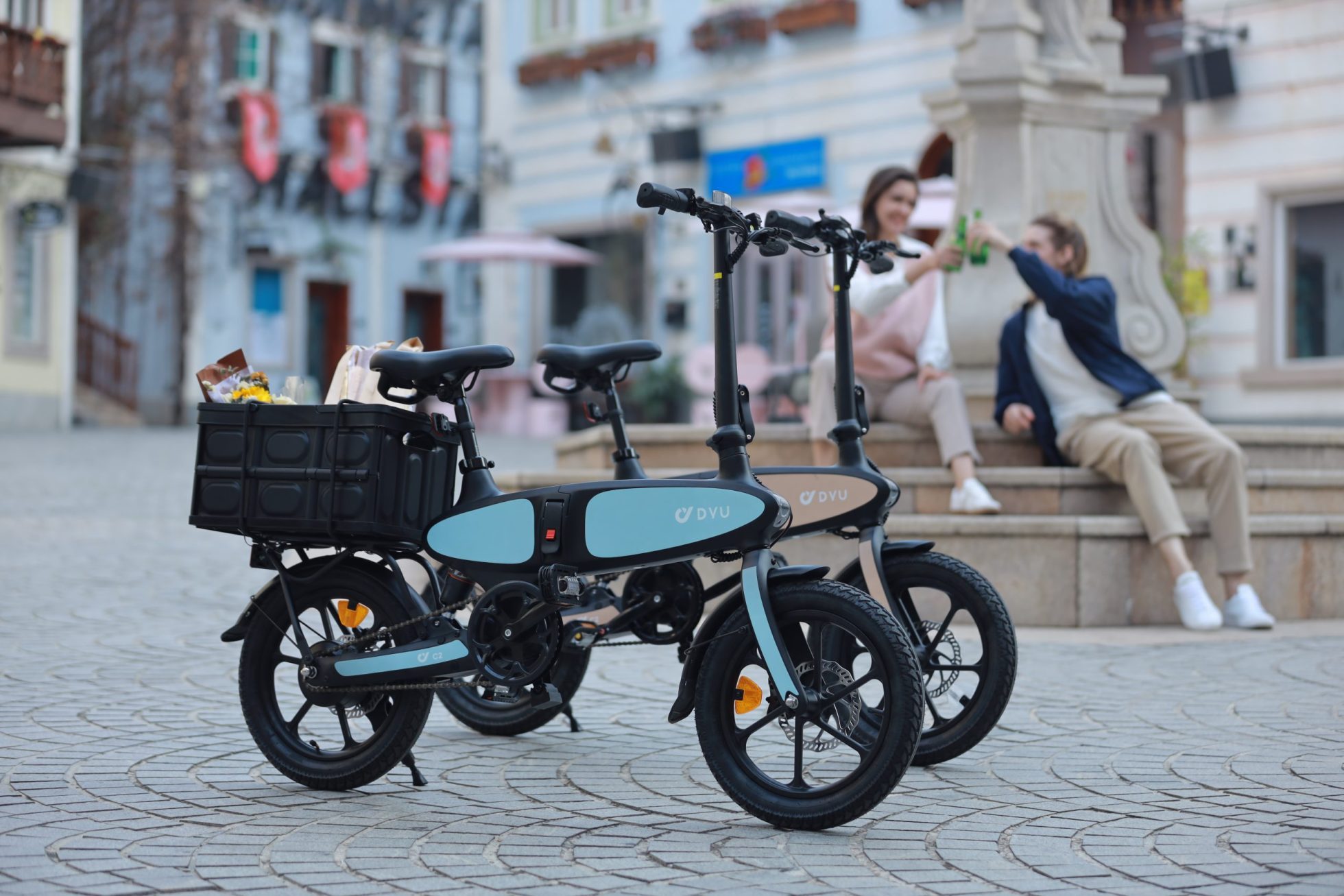
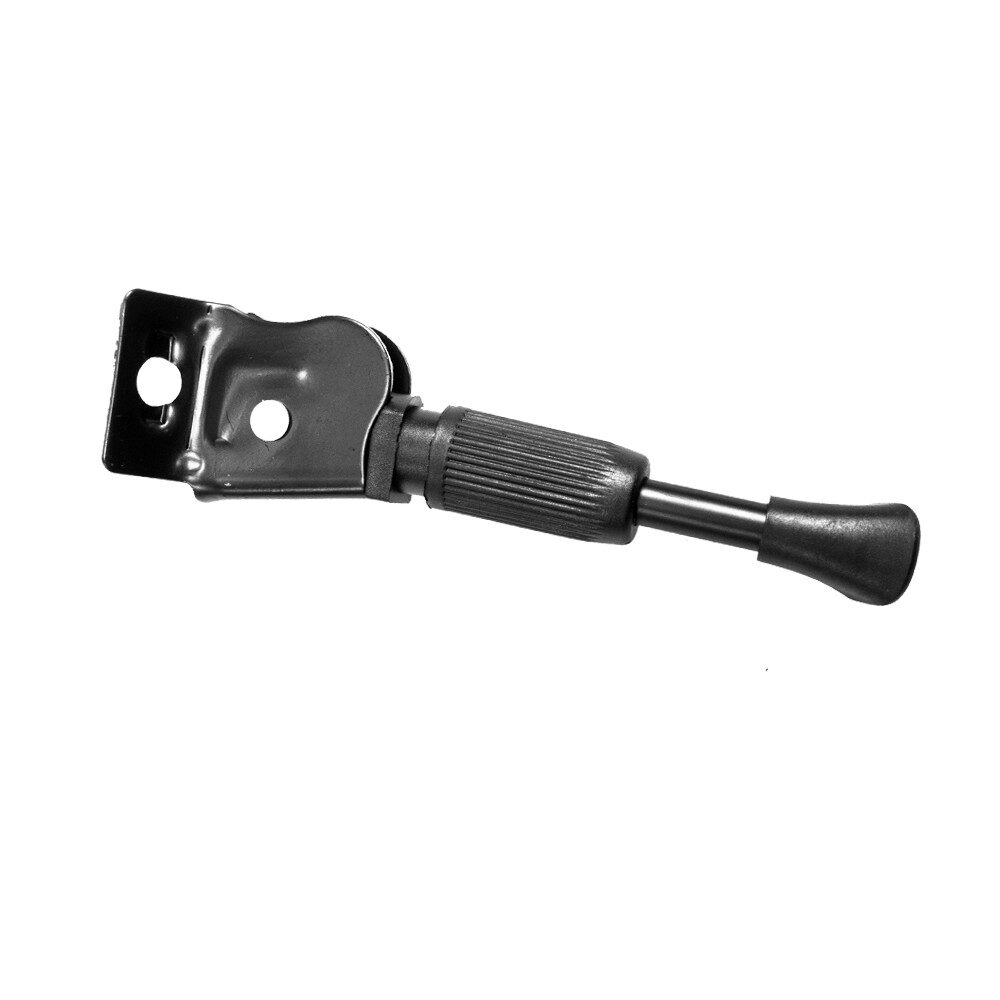

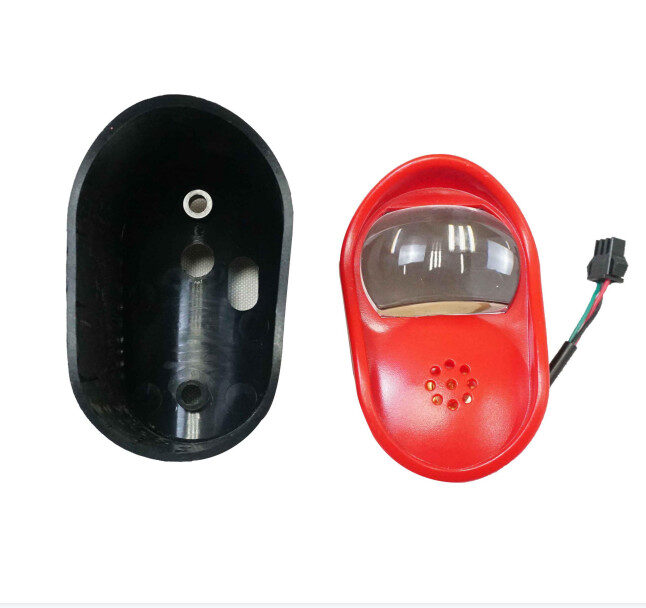
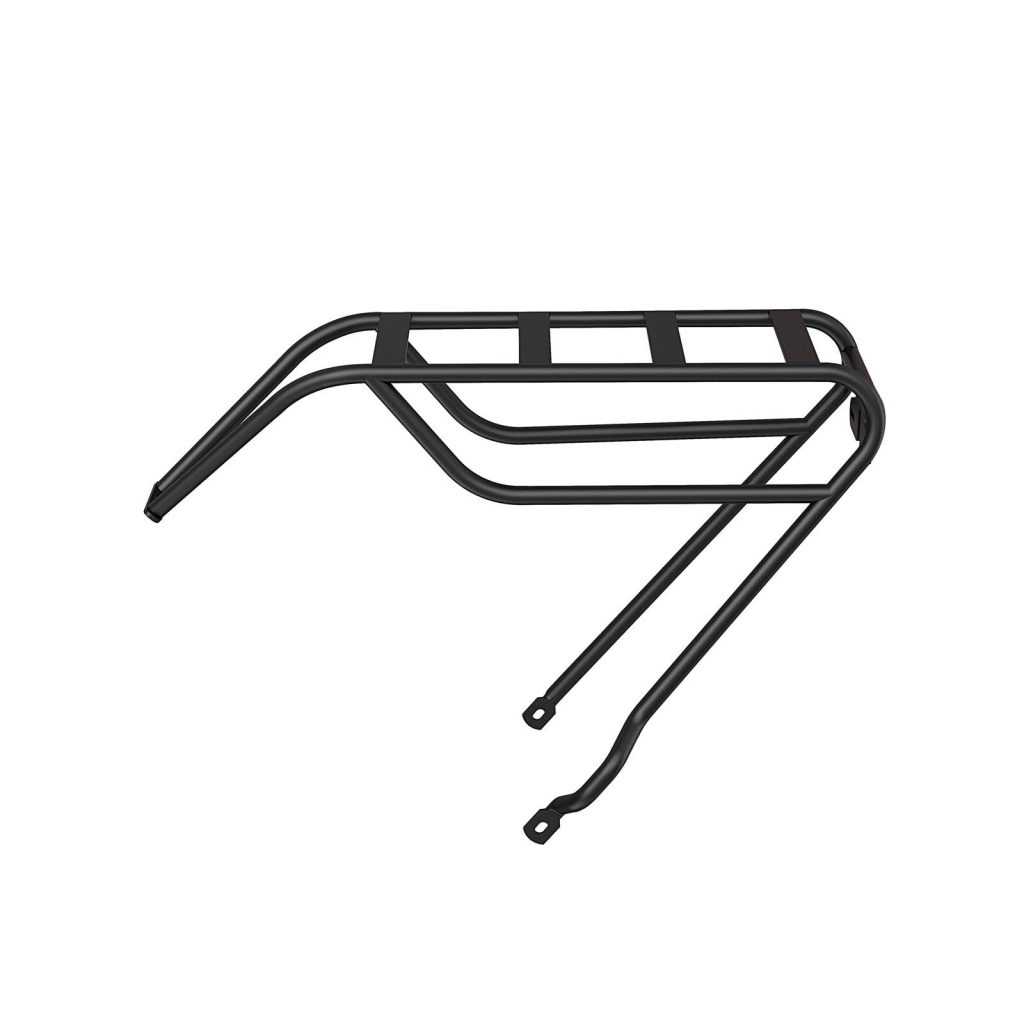
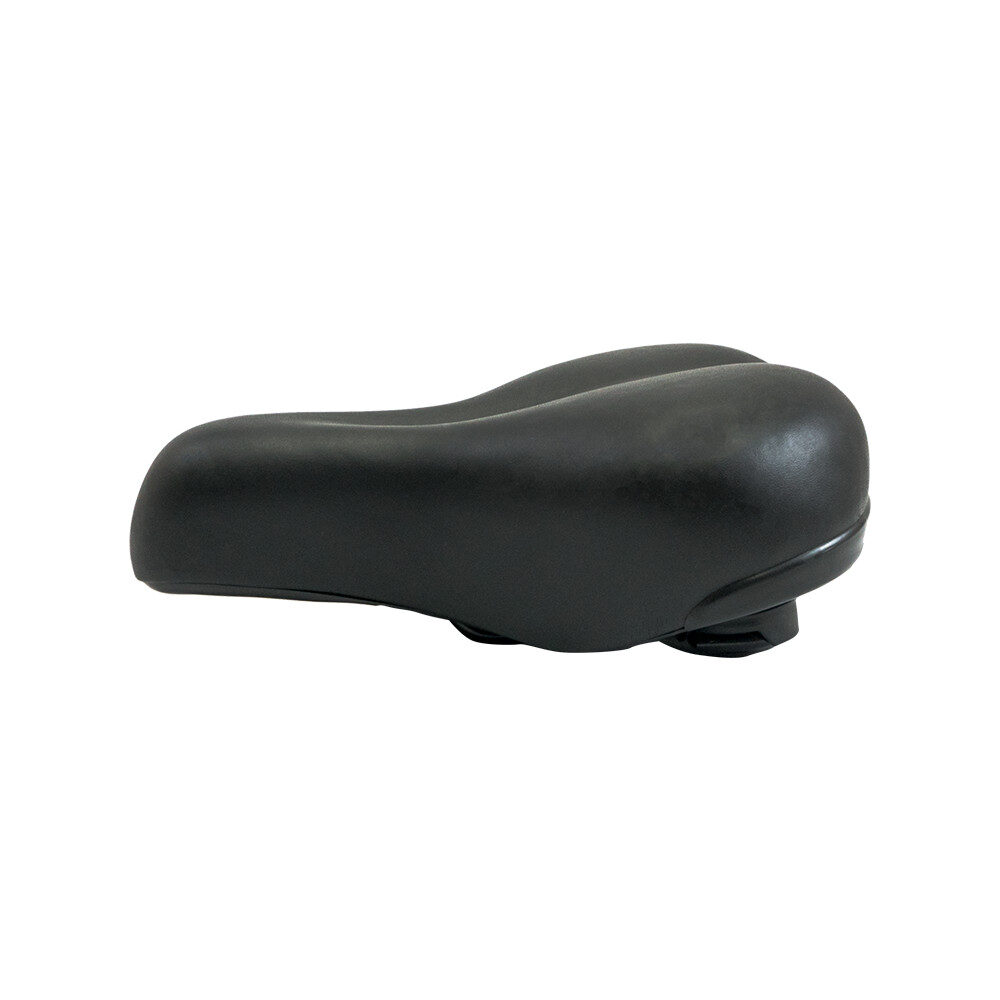

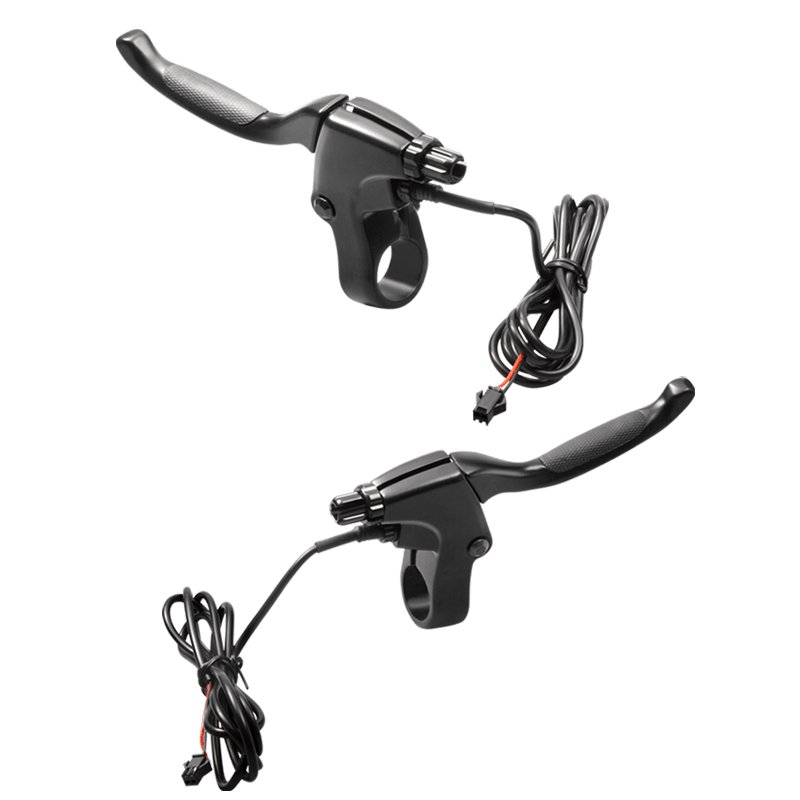
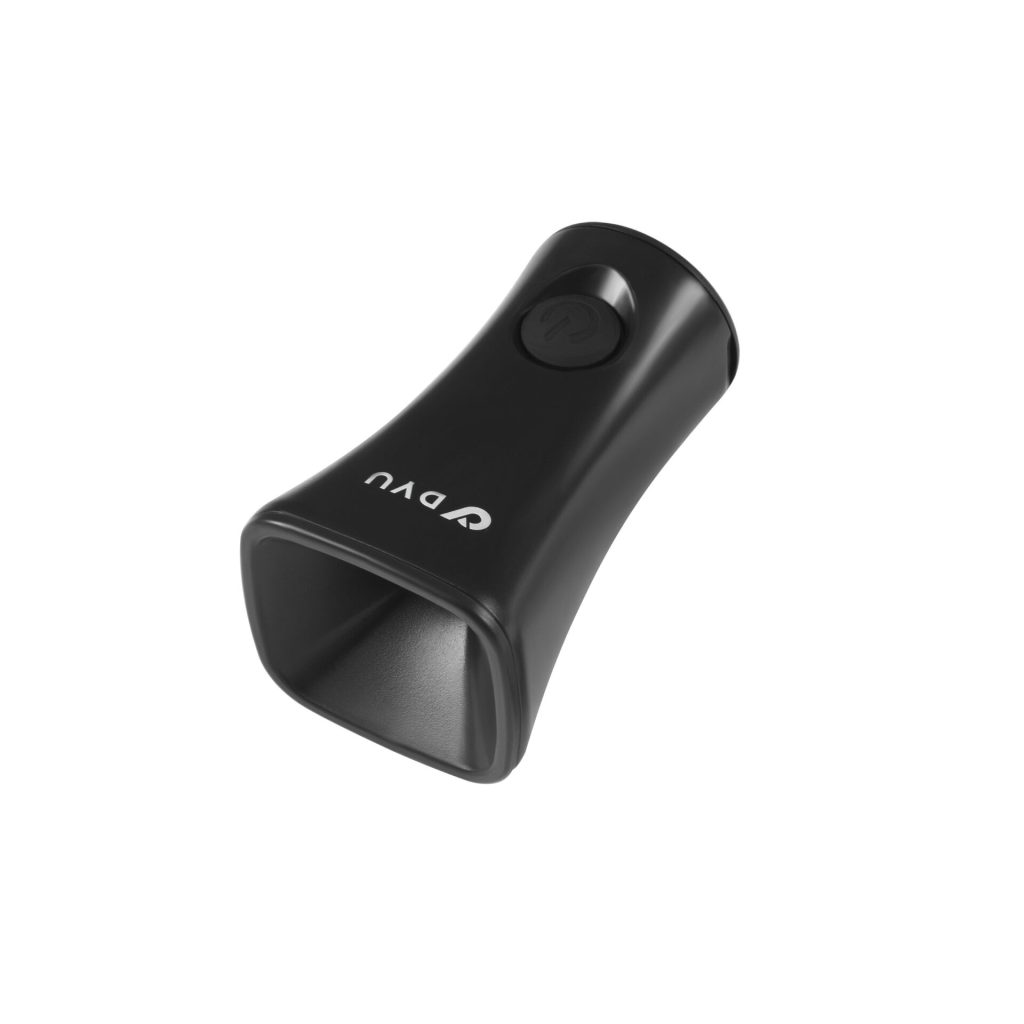





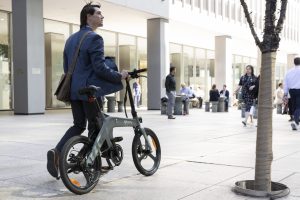
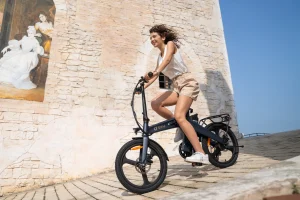

4 megjegyzés
Mona
I’ve ridden e-bikes before, but why does some feel jerky while others feel smooth?
Daniel Novak
That’s exactly what torque sensors solve. They measure how hard and how fast you pedal, so the motor provides assistance in real-time. It reacts naturally to your effort rather than just spinning at a fixed speed, making every start, stop, and acceleration feel seamless and human-like.
Leonard
Makes me rethink why some e-bikes feel jerky — probably lack proper torque sensing.
Karen
Great clear explainer — finally I understand why torque sensors feel so smooth.